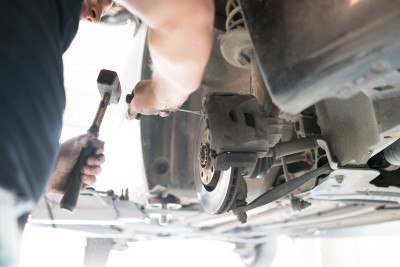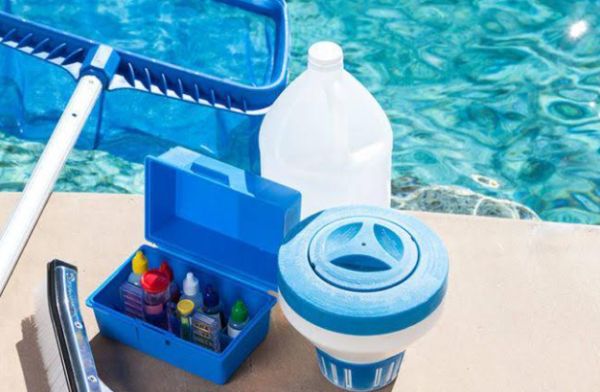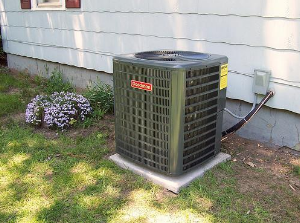How Has COVID-19 Affected the Car Industry?
 It’s incredible to think that 12 months ago no person on the planet had even a hint of an idea of the dangers that lay ahead in 2020.
It’s incredible to think that 12 months ago no person on the planet had even a hint of an idea of the dangers that lay ahead in 2020.
Indeed, this time last year, it would be another two months from now before the first reported case of a new strain of virus surfaced in Wuhan, China.
We’re all too aware of what has followed – a global health crisis and a still incalculable toll on the worldwide economy.
While we still reside under varying degrees of pandemic conditions, the business world’s attention has turned to analyze the damage done so far, and the potential recovery ahead.
One such industry that has been hit square in the nose by the pandemic is the auto industry – but to what extent, and what lies around the corner?
Lockdown on production, the lockdown on sales
As early as March, the auto industry was on red alert. The 44% fall in new registrations in the UK that month was a sharper decline than that of the 2008 recession, while sales in the US were down by 55%.
In April, under lockdown conditions, car production in the UK surmounted to just 197 vehicles – a 99.7% drop against typical output. That loss of around 400,000 vehicles during the period equates to around £12.5bn of projected revenue for the British domestic industry.
As with the rest of the non-essential retail world, physical car showrooms also shut down over the period, leaving outlets to rely on their online presence to maintain some level of sales.
This presented a relatively unique challenge to the car industry which remains one of the last bastions of physically-based retail.
With customers unlikely to simply click and go on such a big-ticket purchase, the lockdown period was an effective shut down on both production and sales for the industry.
A trickle-down effect
No production, no open salesrooms, no appetite amongst would-be buyers who were now focused on tightening their budgets through a period of unknown – a crescendo of industry-specific and general issues around the pandemic arrived to create a damaging trickle-down effect across all facets of the auto sales world.
No buyers at both new and used dealer levels meant fewer sellers, and therefore buyers, at the private level. Likewise, learner drivers were stalled by a cessation of lessons through the lockdown period, creating a brief dearth of new drivers heading into the market.
Logistical issues also had their say, with showrooms able to open up again but only with the necessary distancing precautions in place – typically installed at their own expense.
Bouncebackability?
Even as we approach the half-year mark since the start of the lockdown, it’s fair to say that a car purchase is not at the forefront of many consumers’ minds. As well as trying to recuperate the significant losses already suffered, the industry has potential long term circumstantial and cultural shifts to contend with as a result of the pandemic.
The possibility of working from home becoming the new normal for many is a very real threat to the car industry, as a commuter car becomes potentially less valuable to the average person. With the unpredictability ahead, what can the industry do?
Well, the answer seems to lie in adaptability. As the importance of the physical presence of showrooms deteriorates or is stifled by the ongoing pandemic conditions, automobile brand’s e-commerce efforts will take precedence.
Affordable used car dealers like Fords of Winsford will have to rely on their increasing online presence to aid their recovery as we consider life after corona. The true challenge will lie in making a car purchase online the norm.
There’s no doubting the strain that the automobile industry is currently under. The big question is how it will recover. We’re set to find out over the next 12 months, and possibly beyond.






